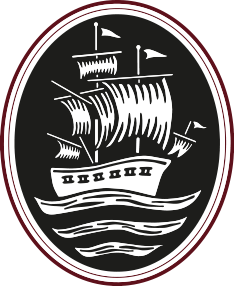Phonics – Revised Letters and Sounds
At Kenyngton Manor Primary School we teach phonics using the Little Wandle Revised Letters and Sounds programme.
LINK FOR LITTLE WANDLE PHONICS PARENTS WEBSITE
Nursery and Preschool:
Children are initially taught to make and listen carefully to different kinds of stories, sounds and rhymes, moving on to tuning in to the sounds of English language. This forms the foundation for learning phonics for reading, writing and spelling.
Reception:
Almost as soon as children arrive in school Reception children learn how the 44 sounds in English language can be represented by letters of the alphabet in a clear progression, from simple to more complex.
As soon as children can recognise a few of the written representation of the letters (graphemes) and the sounds they commonly make (phonemes), they learn to blend the sounds of the letters to read the words and to segment words into their individuals sounds so they can write them down.
At the same time children will learn important 'tricky words' that do not fit the rules for the phonemes they have learnt but help them to be able to read simple phrases and sentences. Words like 'was' and 'the' are tricky but important to be able to feel like a reader.
Children will bring home two kinds of booksReading Practice books These will be ones that they should be able to read using the phonemes and tricky words that they have learnt. Little Wandle Big Cats books are our core spine, however other entirely phonically decodable books at your child's level will be sent home too.
Sharing Books These are books for parents to share with their child. Your child will not yet be able to read these independently. We want children to begin developing great habits such as choosing books, turning the pages, listening and talking about what is happening in the book, getting excited by a story and most importantly loving books |
By the end of Reception, children have learnt one representation for all of the 44 sounds in English and this includes many sounds that are represented by two or three letters e.g. ‘ai’ as in ‘rain’, ‘ch’ as in ‘chip’ and ‘igh’ as in ‘sigh’. They have learnt the concept that a sound may be represented by more than one letter. They have also learnt the key skills of blending and segmenting CCVC and CVCC words, such as ‘stop’ and ‘went’.
CLICK BELOW for Information about the phonemes children learn in Reception, and how to say them:
Autumn First Half Term (from September) PDF
Autumn Second Half Term (from November) PDF
From Spring First Half Term (from January) PDF
Year 1:
In Year 1 children learn the many alternative ways that sounds can be represented in English: there are more than 140 ways that the 26 letters of the English alphabet can be combined to represent sounds. For example, ‘ee’ as in ‘see’, ‘ea’ as in ‘read’, ‘e’ as in ‘he’ and ‘ie’ as in ‘chief’. They have also learnt that many combinations of letters can represent more than one sound, for example, how ‘ea’ makes a different sound in ‘mean’ and ‘deaf’.
Daily phonics lessons ensure that children practise their skills intensively, so that they can achieve the automaticity required for fluent reading and spelling. At the end of Year 1 children take the phonics screening check, where they read both words and non-words (‘alien’ words), which establishes how well they have learnt the alphabetic principle.
Children will continue to bring home a reading practice book and a sharing book.

